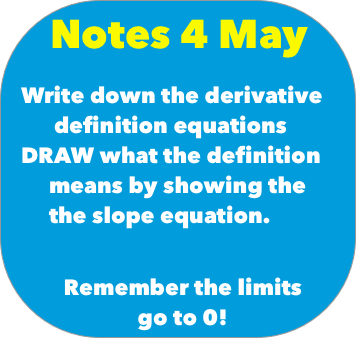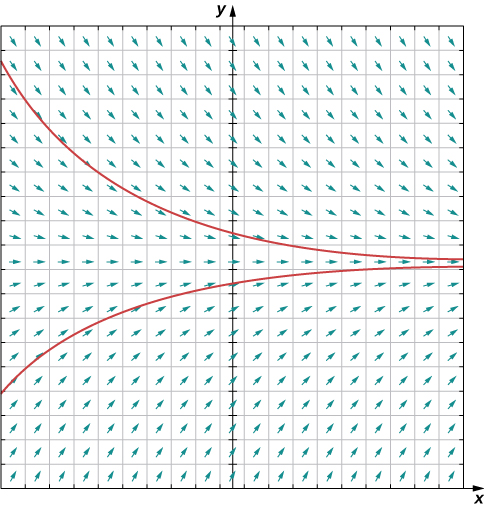You can see the word “person” in personification. Authors personify when they describe things that aren’t people using people words. You may have written about “angry clouds” or “happy flowers”, but you know that clouds don’t get angry and flowers do not have emotions. As you read more good books, you will see lots of examples of personification. Be sure to list them below.
If it’s helpful here is a video describing personification with a cartoon.
Personification Video
So glad you are enjoying reading and exploring some new poems. Here is the video explaining “personification”.
Personification is Thrilling
Here are lyrics from Michael Jackson’s song Thriller:
–
“You try to scream but terror takes the sound before you make it
“Thriller” by Michael Jackson
You start to freeze as horror looks you right between the eyes
You’re paralyzed
‘Cause this is thriller, thriller night
And no one’s gonna save you from the beast about to strike.”
Here terror and horror are not people but they are treated like people. Terror does not literally “take” and horror does not literally “look”, but together they paint a great picture about the emotion of the situation. Note that people can be “paralyzed” and “saved” so those lines do not include personification.
Examples of Personification
- The comet raced across the sky.
- The sun happily spread light across the land.
What’s your favorite example of personification?

















